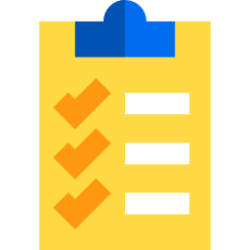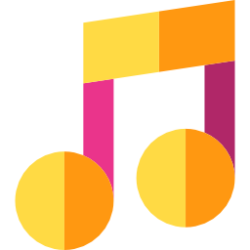Checklists With Fewer Mistakes

Why?
Checklists are very beneficial to making sure you do not forget routine but important things. Their usability diminishes as time goes on because you start checking them out without thinking because you “already know” from constant repetition.
How?
Use checklists that dynamically change both the order of items (where applicable), and the phrasing of each item. This way you will have to pay more attention even after doing the same checklist many times. The more combinations there are for the checklist (and this can be expanded over time, even having some often used old versions removed for a time), the less the chance for automated and risky checklist fulfillment.
Get Your Links the Way You Like Them

Why?
Many times you get links that are for a particular device (mobile, desktop) because the sender used that device when sending them to you. When you click on these links, however, you might be on a different device and will get unreliable results like blank or poorly formatted pages.
How?
Have the client software you use, detect these discrepancies and automatically correct them, at least for all the main link sources like Amazon, etc.
Real Life Undo for Drawing and Painting

Why?
You can undo most of what you did yo something you draw or paint with a digital device so experimenting with new creating ideas on work you are doing has no cost because you can always go back to a previous version. It might be fun to have a similar option when you are drawing in the real analog world and not on a digital device.
How?
A transparent “paper” that behaves like real paper, so it reacts to your drawing and painting utensils (pencils, pastels, etc.) in a similar way to real paper. You can then have new layers of this “paper” added to your work and experiment. If you don’t like the result, just through away the top layer(s) of this “paper.”
Intelligent Message Completion

Why?
You have patterns you repeat when answering emails and otherwise messaging. These are similar to other peoples but have your style of expression. Today you can already automate these on many devices by using snippets and a shortcut. The only problem is that they are always exact copies, so answering the same person twice will reveal this fact.
How?
A smart snippet software that, while you are typing, analyzes your words and suggests an auto-completion of the whole sentence and not just one word. It will do so with a slightly different variation based on how you started your sentence and your writing style. As you continue writing what it suggests changes until at some point, you choose to use it and complete the sentence or even a whole paragraph.
Get the Live Performance Feeling in Your Music Library

Why?
When you buy music and listen to it, again and again, you will always hear the same one, without any variation. Live music at concerts is always a little different from the recorded version and also from live performance to live performance.
How?
Have different versions recorded for each piece of music (in studio, live performances, both.) When you buy the music (for download or streaming) you get access to all the versions. You can choose which version to listen to at any given time, or let the software decide randomly or based on your previous behavior. A new digital format can also be created where you can break down the elements of the music so that the performer can record alternative elements for individual parts and they can be dynamically exchanged or added when you play the music.
